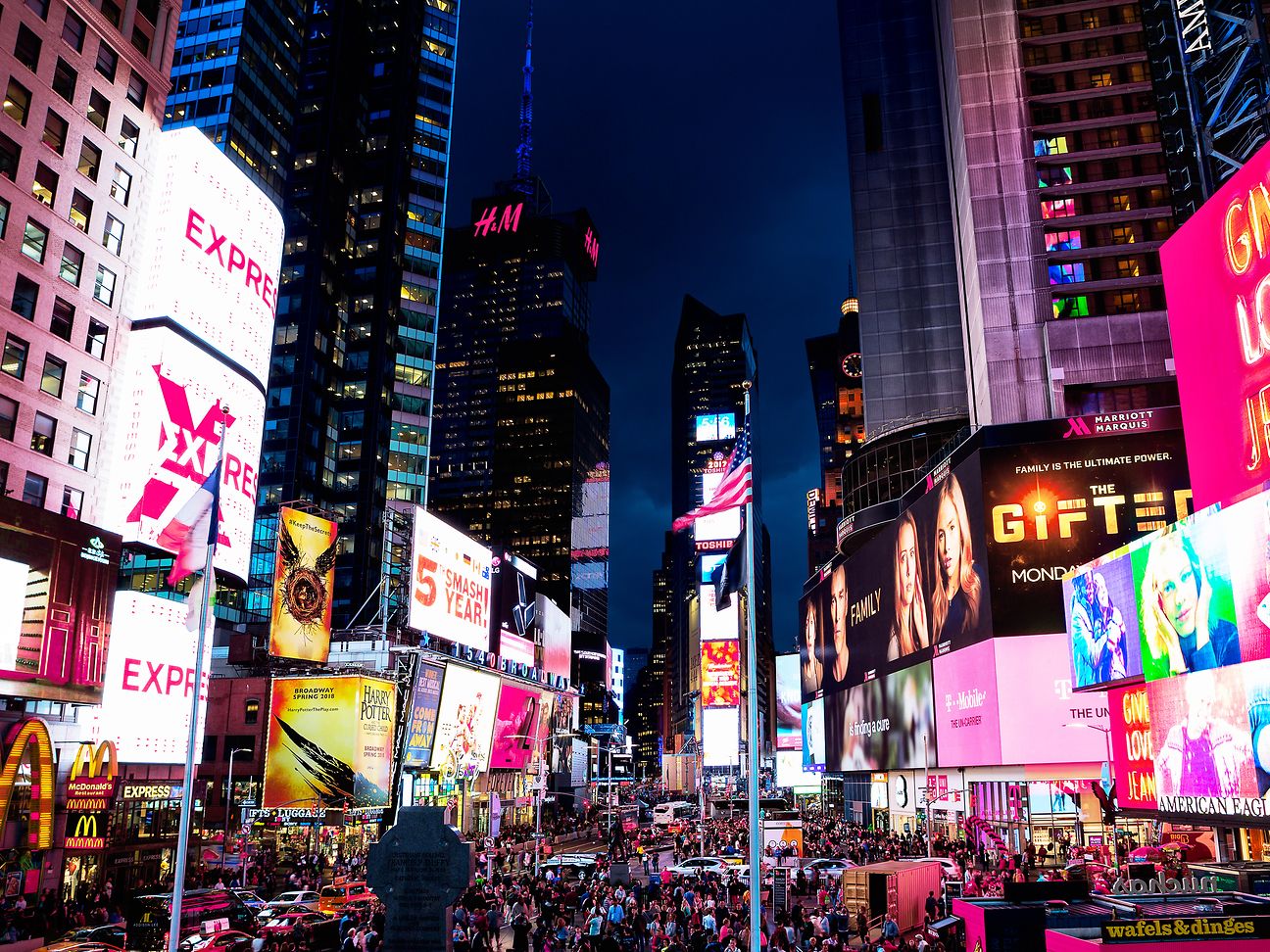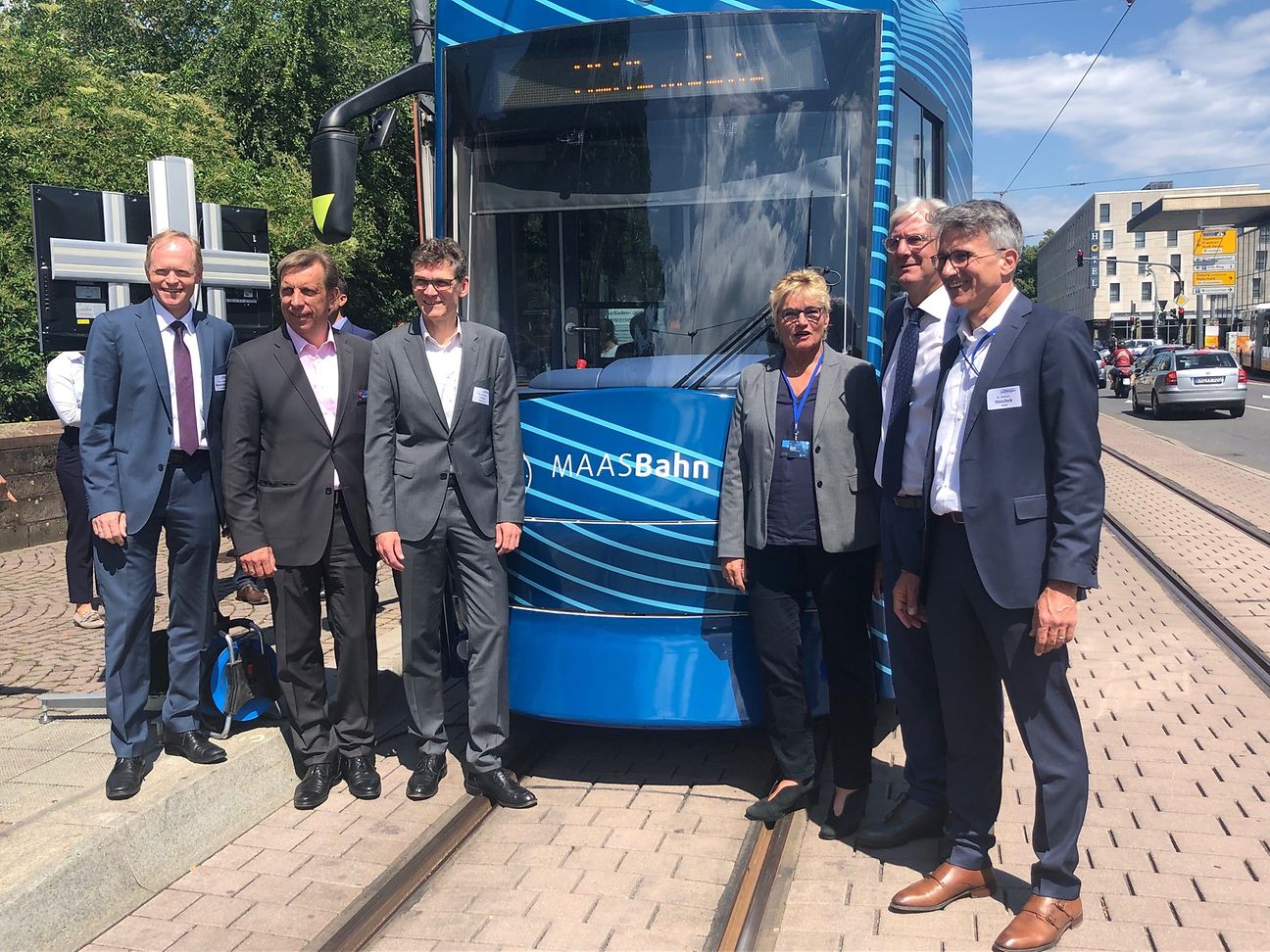

Light pollution – the long shadow cast by industrialization
Most of us know about air, water, and land pollution, but we don’t often think about the fact that light can also be a pollutant. Excessive use of artificial light can have serious consequences for humans, wildlife, and our environment.
The issue of too much light in our environment is a very recent one. For billions of years, light and darkness on earth depended entirely on the sun, moon and stars. The first use of controlled lighting was about 1 million years ago when early humans lit fires for warmth, food preparation and safety. Artificial light was barely used as recently as 100 years ago, when people still relied on candles, gas or oil to power their lighting fixtures. In those nights, everyone looking up could see a marvelous starry night sky. Now, many people across the globe never really see any stars where they live because their environment is polluted with light.
Light pollution is a side effect of industrialization. The invention of electricity made it easy for us to stick lights almost anywhere. We light up buildings, both private homes and commercial properties such as offices or factories. We generously use light outdoors: street lighting, illuminated sporting venues or advertising billboards (look at Times Square in New York!) are just a few examples. In short, we completely over-light our surroundings.
Skyglow – when the night is gone
Over-lighting comes in many forms. Glare, clutter and trespass of light is excessive brightness of too many light sources which produce light where it is not intended or needed. We are all aware of the resulting skyglow – the brightening of the night sky – especially in bigger cities. According to the “World Atlas of Artificial Night Sky Brightness”, 80 percent of the world’s population lives under skyglow. In the most industrialized areas of the world, the United States and Europe, 99 percent of the public can’t experience a natural night.
Examples of interactive night maps:
cires.colorado.edu/artificial-sky
blue-marble.de/nightlights/2012
The consequences of too much light
Artificial lighting has increased so much that it now disrupts the natural day-and-night pattern on earth. This interference has shifted the delicate balance of our environment, affecting both humans and wildlife alike. The natural habitat of many animals, for example, is altered to such an extent that many species can no longer eat, sleep, reproduce or hide from predators as before. This often has negative, even deadly effects not only for animals but for plants as well. Our biodiversity is at risk of being seriously diminished.
The lack of darkness at night can also have a negative impact on our own health. We bathe our surroundings in light at night to feel safer. Outdoor lighting is used to deter crime and to be seen at night, for example in traffic situations. Artificial light, however, can harm our health as it may lead to sleep disorders and bigger risks for stress, depression, anxiety and more.
Over-lighting also leads to increased energy consumption. Much of the outdoor lighting used at night is overly bright, poorly targeted and improperly shielded. Such lighting is inefficient and sometimes simply unnecessary, wasting energy and money. Millions of tons of CO2 are emitted each year to power artificial lighting; millions of euros, dollars or pounds are uneconomically spent.
Growing awareness and action
Like many other current environmental problems, light pollution affects us all. Yet, it is also a pollutant that is easily reversible. Fortunately, awareness and concern about light pollution is rising. Many citizens are already taking action by implementing practical solutions to combat too much or inefficient artificial light. Private citizens can start right at home with small changes to their nightly routines. Why not turn that light off in the other room if it is not needed? How about drawing that curtain in the living room to keep indoor lights from spilling outdoors? If safety is a concern, installing timed or motion detector lights around the home and properly shielding outdoor lights will also help.
For cities, there is also enormous potential to reduce the use of artificial light. A great start is the planning and installation of intelligent street lighting solutions. Conventional street lighting accounts for more than 40 percent of cities’ energy expenditure. By using an appropriate smart lighting application, city administrations not only tackle light pollution but can cut their electricity costs by up to 70 percent as well. Deutsche Telekom can help with the planning and implementation of such solutions. We offer smart lighting systems which can be adjusted to different light intensity levels according to the season and time of the day.
Although blindingly obvious once we think about it, many people still don’t know enough about light pollution and the negative impacts of artificial light at night. It is therefore important that we bring awareness to this growing problem and inspire more people to take the necessary steps to protect our natural night sky. So, please feel free to share this article and check if you really need that light in the kitchen to be on all night!



